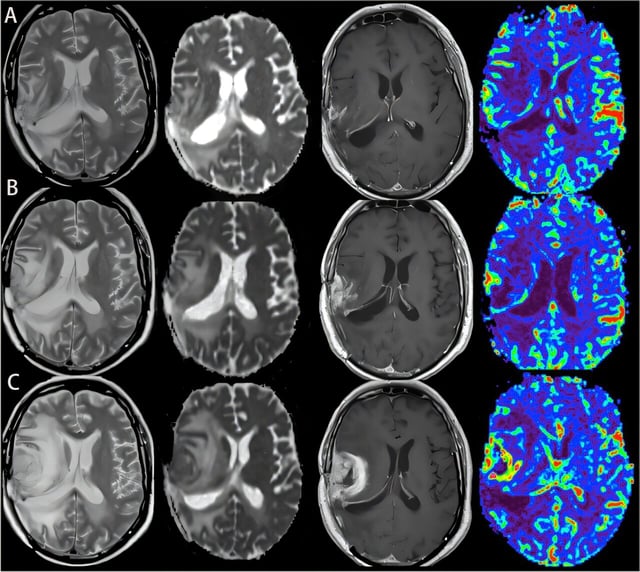Overview
- Researchers at Montefiore Einstein and Albert Einstein report in Nature Neuroscience that glioblastoma thins calvarial bone and enlarges skull–brain channels in mouse models, with focal skull thinning corroborated on patient CT scans.
- Single-cell RNA sequencing showed a shift in skull marrow toward pro-inflammatory myeloid cells, with inflammatory neutrophils nearly doubling and multiple B-cell populations markedly reduced.
- Skull and femur marrows responded differently to the tumor, with pro-inflammatory programs induced in skull marrow while gene programs needed to produce several immune cell types were suppressed in femur marrow.
- Two FDA-approved osteoporosis drugs, zoledronic acid and denosumab, prevented skull erosion in mice, yet zoledronic acid accelerated tumor progression in one glioblastoma model and both negated the benefit of anti-PD-L1 immunotherapy.
- The authors emphasize that the findings are preclinical but point to the skull marrow as a modifiable immune reservoir, highlighting both therapeutic opportunities and caution for combining bone-targeting agents with immunotherapy.
